5 horse arena construction tips
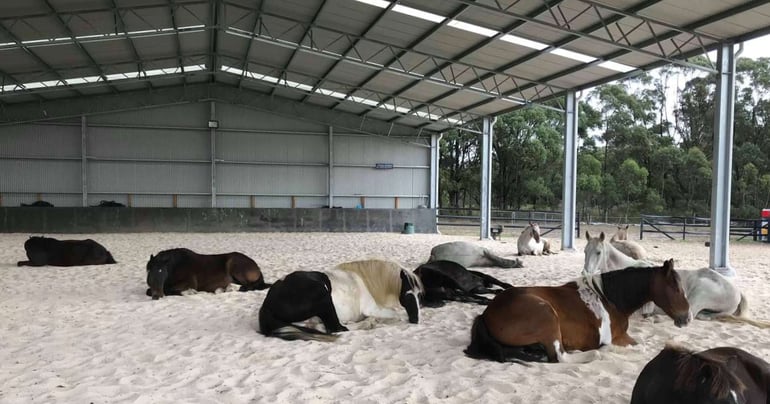
At ABC Sheds, we’ve worked on a wide range of equestrian buildings over the years, including horse stables, arena covers, and riding arenas. In that time, we’ve developed a proven process for designing a horse arena that balances the client’s budget and needs.
When our clients ask what the best design is for an arena, there are five key considerations we ask them to make. In this article, we share these five key design considerations for dressage arenas, including the following:
How to design an equine arena
1. Indoor vs outdoor
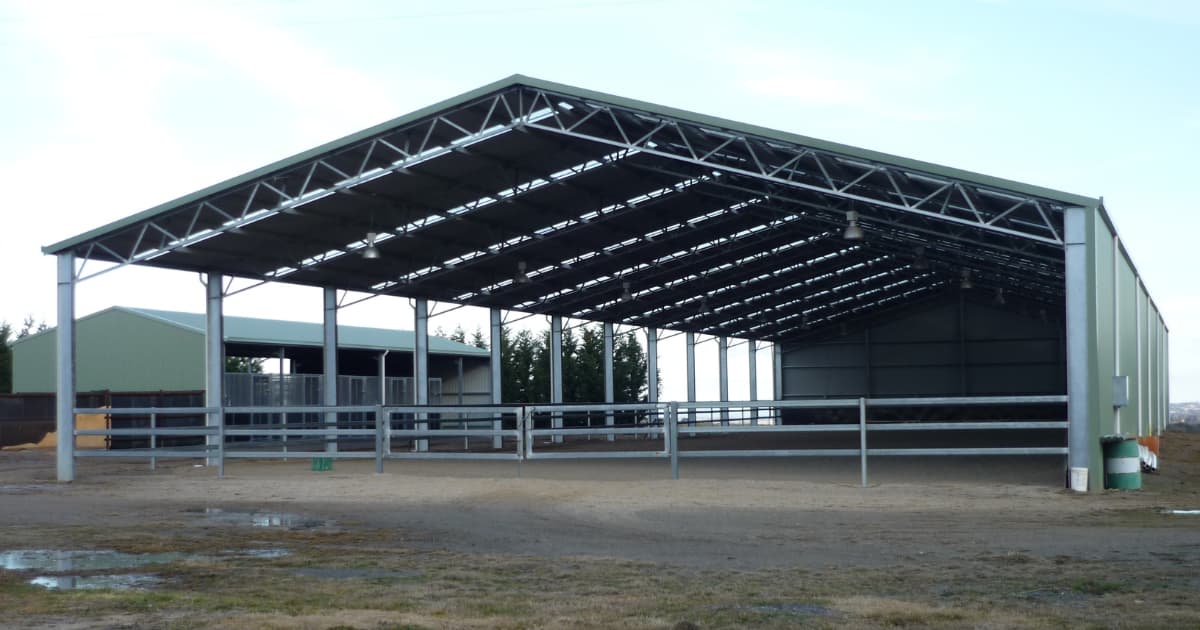
Outdoor arenas can be cheaper to build but typically require more maintenance over time. Depending on the climate where you live, outdoor arenas can also limit the opportunities you have to use your arena. If you prefer an outdoor arena but are concerned about the weather, you could add a cover later on as required. Some of our clients have opted to cover just a part of the main arena, this keeps the initial cost of the cover down but allows for it to be easily extended to cover the full arena at a later date.
Indoor arenas are more suitable for those who want to ride their horse throughout the year, no matter the weather. They are protected from the elements, enabling you to get the most out of your investment. They also require less maintenance because the arena surface is not exposed to the weather.
2. Location
.png?width=770&height=404&name=2%20(1).png)
When planning your equine arena, one of the first questions we’ll ask you is where you want to build it. This will allow us to engineer the arena specifically for your location and any prevalent weather conditions in your area. For example, if your site is prone to high rainfall, we need to ensure the site can be adequately drained.
To be specific, we will need to assess the slope of the site, the type of soil, the available space, and any local building restrictions. It is important to note that when measuring out your space for the arena base, you must account for the columns that sit around the base. For example, if you wanted a 60m x 20m base, you would need to have 62m x 22m free.
In most instances, it is possible to retrofit a covered arena over an existing open arena, provided you get in touch to discuss your project early in the process. This way, we can confirm that the arena will be in a suitable location before beginning the planning phase.
3. Size
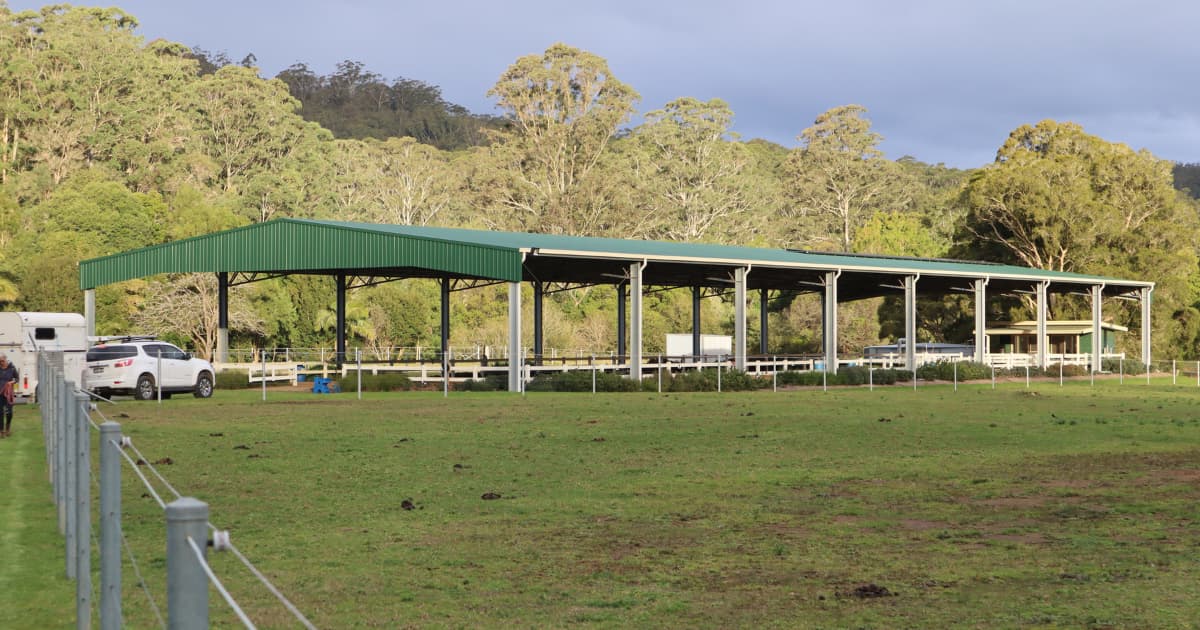
The best size for your horse arena will depend on how you intend to use it, as well as any future uses. If you have enough space on your land, a bigger arena gives you more room to ride and reduces wear on the arena surface. However, a larger arena is more expensive to build.
Based on competition dimension requirements, the typical arena dimensions are as follows:
- Small dressage arenas – 20 by 40 metres.
- Standard dressage arenas – 20 by 60 metres.
- Small campdrafting and reining arenas – 30 by 40 metres.
- Larger campdrafting and reining arenas – 40 by 80 metres.
- All-purpose arenas – 30 by 60 metres to accommodate full-jump courses.
- Jumpers – Indoor arenas must have a minimum width of 20 metres and a minimum total of 1,200 sqm.
For jumpers, the ideal arena size depends on the rider’s abilities. For example, Level 6 Jumpers need more room than Level 1 Jumpers. For this reason, we often recommend building your arena larger than you currently need, accounting for your progress in the future.
The internal height of your arena cover is also very important, we recommend a minimum internal spring height under the rafter of 4 - 4.5m to ensure that jumpers have adequate clearance.
4. Costs
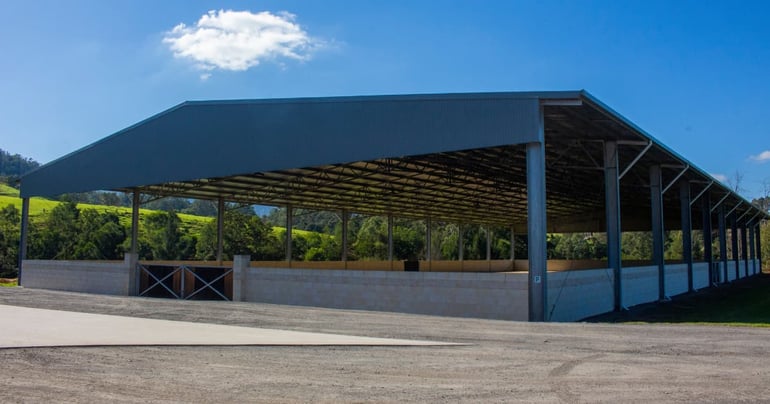
The cost of a covered arena comes down to its size, number of enclosed walls, engineering requirements and any additional features. Generally, covered arenas will cost more to build but they also provide a better return on investment, adding value to your property and allowing you to work your horse any day of the year.
Other factors that impact the cost of your arena are the size and complexity of your arena design. The bigger the arena is, the more materials are needed to construct it. Likewise, any additional design features will increase the amount of time spent on design and construction, increasing costs. So, while it is difficult to give a definitive price, here is a rough guide of what your building could cost:
| Small covered horse arena | From $80,000 to $120,000.* |
| Medium-covered horse arena | From $100,000 to $200,000.* |
| Large covered arena | From $200,000 upwards.* |
| Equestrian shed and stables | From $300,000 upwards.* |
*Please note that the above prices are estimates only. For an accurate quote based on your requirements, please get in touch with us to request one.
5. Maintenance
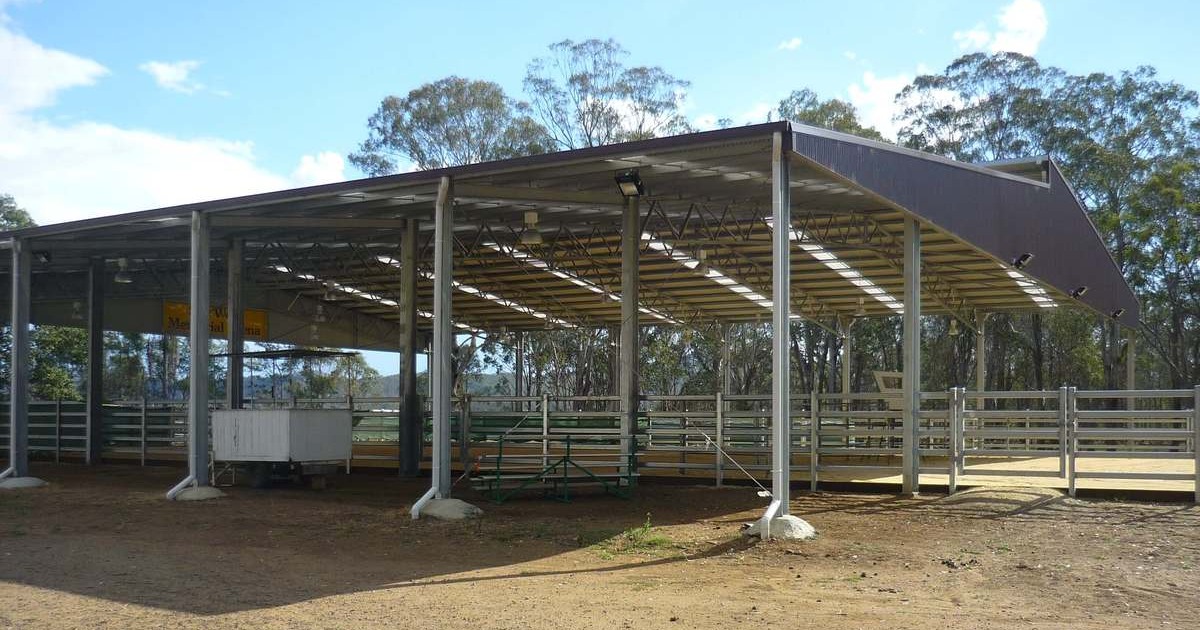
The materials used to build and cover your horse arena will have a significant impact on the amount of ongoing maintenance required.
To minimise the upkeep of your arena, we recommend opting for a cover that either partially or fully encloses the arena surface. This way, contaminants, rain, wind, and other weather conditions will not deteriorate the arena surface as quickly. This will also reduce the amount of drainage required in your arena because the roof will redirect any water and prevent surface flooding.
Footing
Selecting the footing material for your arena surface determines how healthy and safe the arena is for you and your horse. Whether you choose masonry sand, concrete sand, or silica sand, you’ll need to think about preventing mud, controlling erosion, preventing sinkage, stabilising the ground, and providing a reliable riding foundation.
When choosing the footing material, use a local option to keep transport costs down each time it needs to be replenished. You may also like to add rubbers, mats, textiles, fibres, or wood chips to your footing. These additives can help soften the horse’s impact, reduce compaction, and prevent unwanted dust.
Arena retainers
If your arena is only partially covered, you can install a concrete retainer around the edge to prevent the footing from overflowing. This way, you won’t need to rake the footing material back in or replace it each time your horse or the wind pushes it out.
Our equestrian buildings range
Here at ABC Sheds, we construct a range of high-quality equestrian buildings, including:
- Arena covers
- Dressage arenas
- Horse stables
- Equine shed facilities.
We specialise in fully enclosed horse arenas so you can train your horses all year round, no matter the season. These covered dressage arenas provide a safe, covered space for equestrian riders to train whenever they need to, which is critical in the variable Australian climate.
To learn more about the equestrian buildings we offer, download your free copy of our brochure, filled with practical information on dressage arenas, horse stables and more!
-1.png?width=3641&height=660&name=abcshedstransparent2%20(1)-1.png)
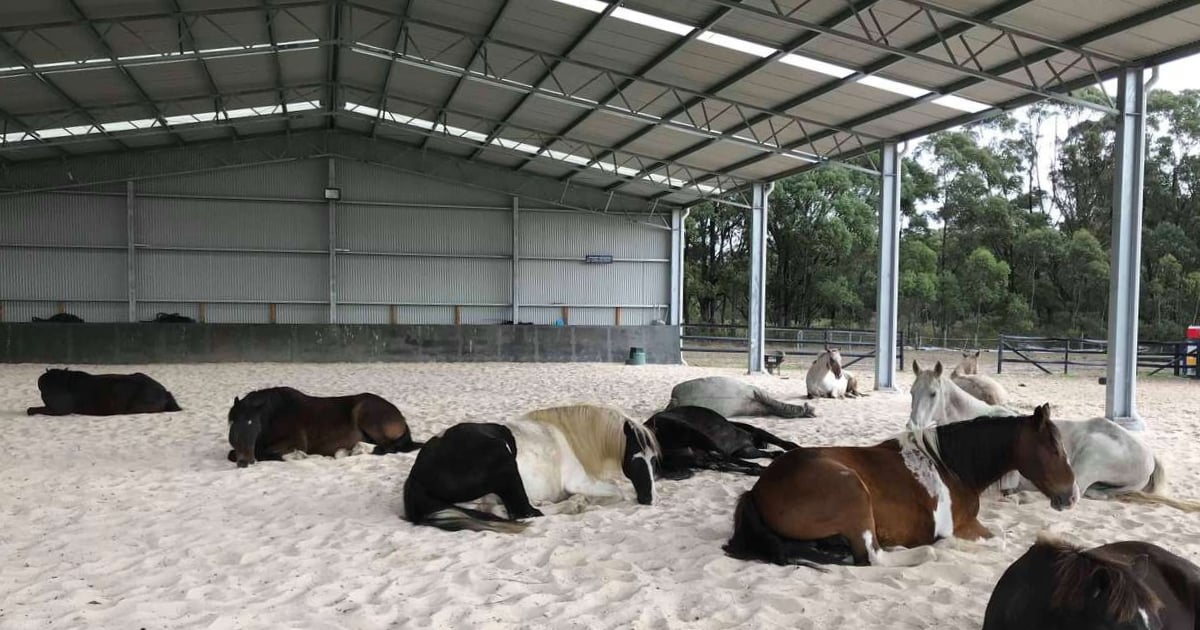

.jpg?width=352&name=abc_sheds_horses_in_paddock_with_shed%20(1).jpg)

